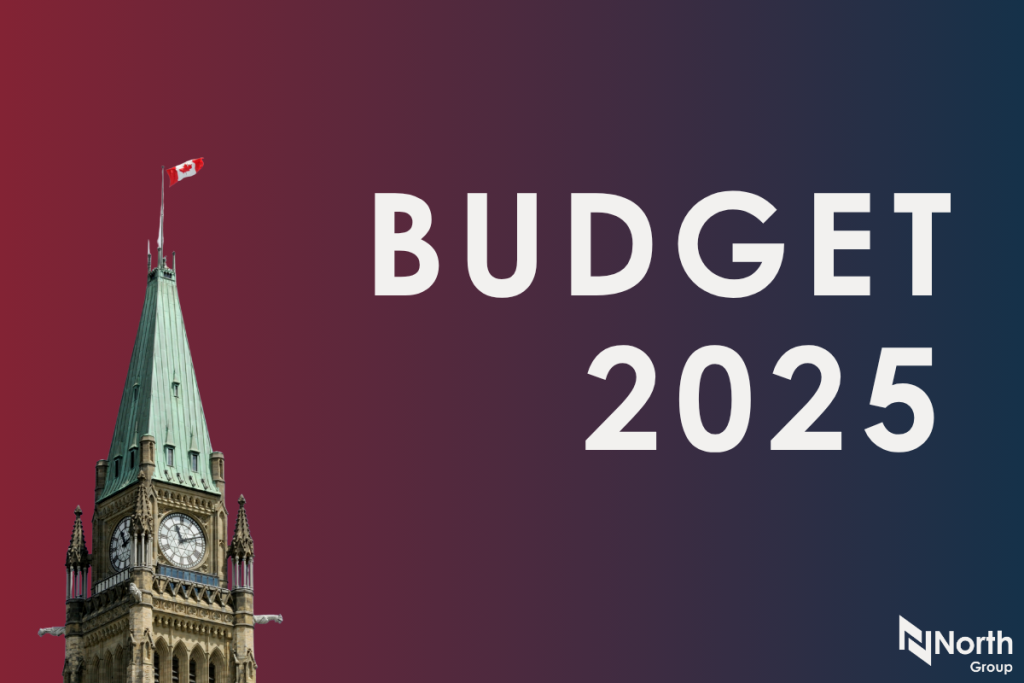The Ontario government tabled a new budget Tuesday which proposes a deficit elimination plan to reduce spending growth by $17.7 billion over the next 5 years. The proposed budget highlights savings through the freezing of public sector wages and reductions in pension contributions, which will result in $6 billion of savings. The suspension of planned corporate tax rate reductions from 11.5 percent to 10 percent will save an additional $1.5 billion, but could potentially reduce investment in Ontario. With the Liberal government in a minority position, their budget bill will need support from either the NDP or the PC.
The Liberal government has erred on the side of caution, pegging economic growth in Ontario at 1.7% this year, followed by 2.2%, 2.4%, and 2.5% in subsequent years. But it is the forecast for jobs that should be of note. The budget projects an unemployment rate of 7.7% this year, followed by 7.4% in 2013, 7% in 2014, and 6.7% in 2015. And as The Globe and Mail’s Tavia Grant reports, the jobless rate among young people is now at an unbearable 17 per cent.
The 2011-12 deficit is projected to be $15.3 billion, approximately $1 billion less than was forecasted 1 year ago. However, total program spending for the past year was $115.8 billion, which was an increase of 2.5 percent over last year.
On the revenue side, the corporate tax rate will remain frozen at 11.5% until the government balances its books. The planned 0.5% corporate tax rate reduction to 11% by July will be held off, as will the 1.5% reduction to 10% by 2013. Although the delay will save the government $1.5 billion over the next three years, the suspension of corporate tax cuts could reduce investment in the province. Ontario’s corporate tax rate had fallen from 14% in 2010 to the current level of 11.5%. B.C., Alberta and New Brunswick currently have corporate tax rates of 10%.
The bulk of the future reductions will come from $6 billion in savings through the freezing of doctors, teachers, and government employee salaries. At the moment, government employees collectively consume about 55 cents of every dollar the province spends.
Public sector pension contributions will be scaled back. Public sector pensions where the employer pays the bulk of the contributions will be reduced to a 50-50 cost-sharing model. The province will also consolidate smaller pension funds into larger plans.
Other proposals tabled in the budget include:
– Capping the Ontario Clean Energy Benefit at 3,000 kWh per month
– Reducing drug costs by making high-income seniors (those with individual annual incomes above $100,000 or couples who earn more than $160,000 per year) pay a larger deductible on prescription drugs.

